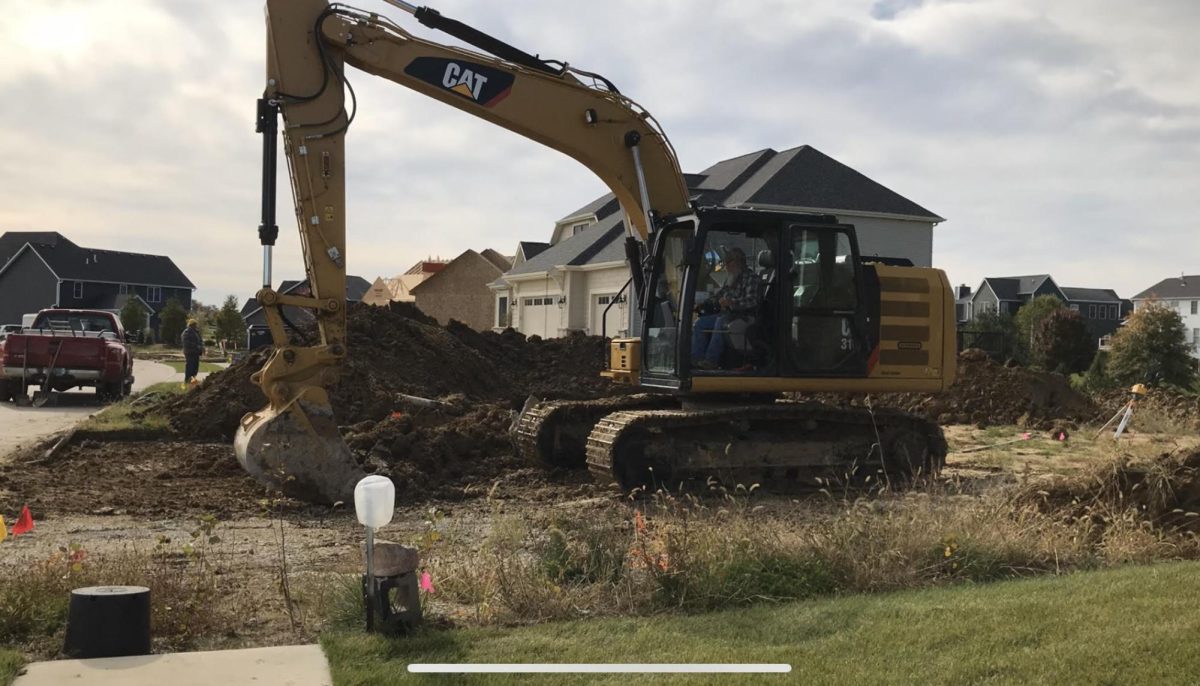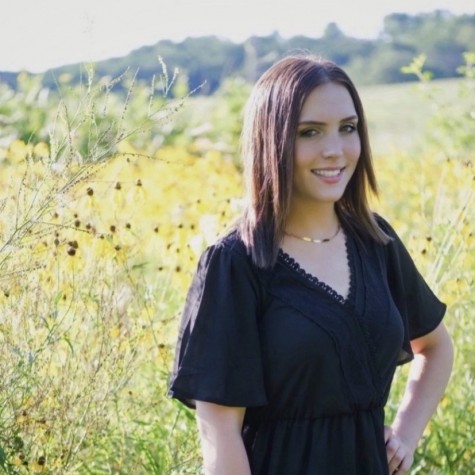The First Amendment protects individuals’ freedom of religion, speech, press, petition and assembly. But how far can this amendment go in protecting these rights?
The political division in the United States continues to grow: fostering hostility, violence and animosity. The issue of domestic terrorism has engulfed the United States. Between right-wing militias and the leftist riots, both sides of the political spectrum are to blame. But why would right and left-wing groups act in such a manner?
Politicians’ divisive rhetoric has fueled the fire, instigating these groups to commit acts of violence.
Deputy Jamey Fah explained how words can provoke unrest. “There are definitely things that people can say to incite violence, it is definitely all about tone and diction,” Fah elucidated. “So, yes, words can incite violence.” As explained by Fah and exemplified through politicians’ rhetoric and their supporters’ responses, words have the power to cause vehement actions.
Former AP U.S. Government and Politics teacher Sara Russell discussed the power politicians hold. “I think politicians’ words and actions can have a huge influence,” Russell explained. “These are people we elect to represent us. They get press and publicity and their actions are widely seen. Both positive and negative actions are then emulated by the public.” Due to their extensive platform, politicians possess great influence.
The United States’ political polarization continues to intensify. “The political division has certainly grown in this country. This can be blamed on many things, but one in particular is gerrymandering. Gerrymandered districts have made fewer competitive districts in the country. This then allows more extreme people on the right and left to run because they know they will win,” Russell stated.
Russell elaborated on how gerrymandering and more extreme candidates affect the rhetoric of the nation. “My feeling is that extreme views on either side were the minority before and since politicians used to be more moderate, then those extremes stayed hidden,” Russell said. “Once those extremes are brought to light, then more people feel comfortable expressing those views.” Gerrymandering is largely responsible for the increasing prevalence of extremists.
Both sides can be held responsible for violence and division.
The extreme right has had a surge in right-wing militia groups. These groups are responsible for violence, including abduction attempts occurring on multiple occasions. Recently, one of these groups plotted to abduct Michigan’s governor, Gretchen Whitmer and to overthrow Michigan’s government. President Trump was called on to condemn this behavior but failed to do so, fanning the flames of hatred.
Earlier in 2020, armed right-wing protesters invaded the Michigan Capitol after President Donald Trump instructed his supporters to “LIBERATE MICHIGAN!” He later refused to criticize them instead labeling them as “very good people.”
On the other hand, extreme leftists can be held responsible for the hatred and hostility prevalent in the United States too.
This hatred has been bred through left-wing media. Hateful memes and posts created by leftists have created division and hostility. The slogan “ACAB” (All Cops Are Bastards), has circulated around the internet and police hating culture has been popularized.
Some extreme leftists possess hatred for police, viewing them solely as perpetrators of violence, in turn, creating a hostile atmosphere for officers and individuals in the United States. “I think that if you ask most police, they are more concerned about their safety now than in March,” Fah explained.
Individuals from both parties can be held accountable for their rhetoric fostering division. The divisive nature between the right and left-wing parties has caused an abundance of problems and will continue to if the United States fails to take action. The United States must unite, instead of continuing to divide. Individuals must be open-minded and listen to others’ opinions–even when they differ from their own.









